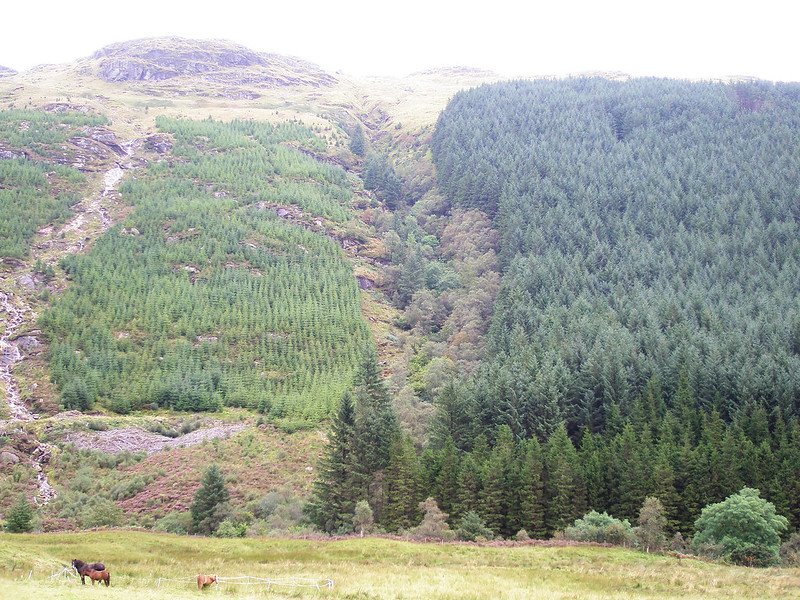
Management Guidance
Management guidance for Scotland’s rainforest
This section of the website is for land owners and land managers who have received advice about rainforest management, attended a workshop or simply want to know more. We hope you will find it useful but please get in touch if you’d like additional advice.
Land managers have the potential to make a significant difference to the health and abundance of Scotland’s rainforest. Working together and tackling its main threats consistently will help restore and expand this globally rare habitat and secure the future for its internationally rare mosses, liverworts and lichens.
A better connected and functioning rainforest ecosystem will also be more resilient to new threats, allowing future generations to enjoy and cherish these special woodlands.
Find out more in the sections below
What is temperate rainforest?
Scotland’s temperate rainforest is a globally rare habitat, far rarer than tropical rainforest, and of immense biodiversity value.
How can you look after this globally rare habitat?
Before making any management changes to your woodland, there are some things you should bear in mind.
Dealing with invasive rhododendron
Rhododendron ponticum is a particular type of rhododendron that’s widely recognised as a major threat to Scotland’s rainforest.
Deer and other grazing animals
Scotland’s rainforest depends on the right level of grazing to develop a varied woodland structure and to create spaces for internationally rare bryophytes and lichens.
Plantations on ancient woodland sites (PAWS)
Around 6,500 ha (roughly 20%) of ancient woodland sites in the core area of Scotland’s rainforest have been planted with non-native conifers.
Joining up fragments of temperate rainforest
Expansion of existing woodland and linking up isolated stands of various sizes is more valuable than creating separate new blocks.








